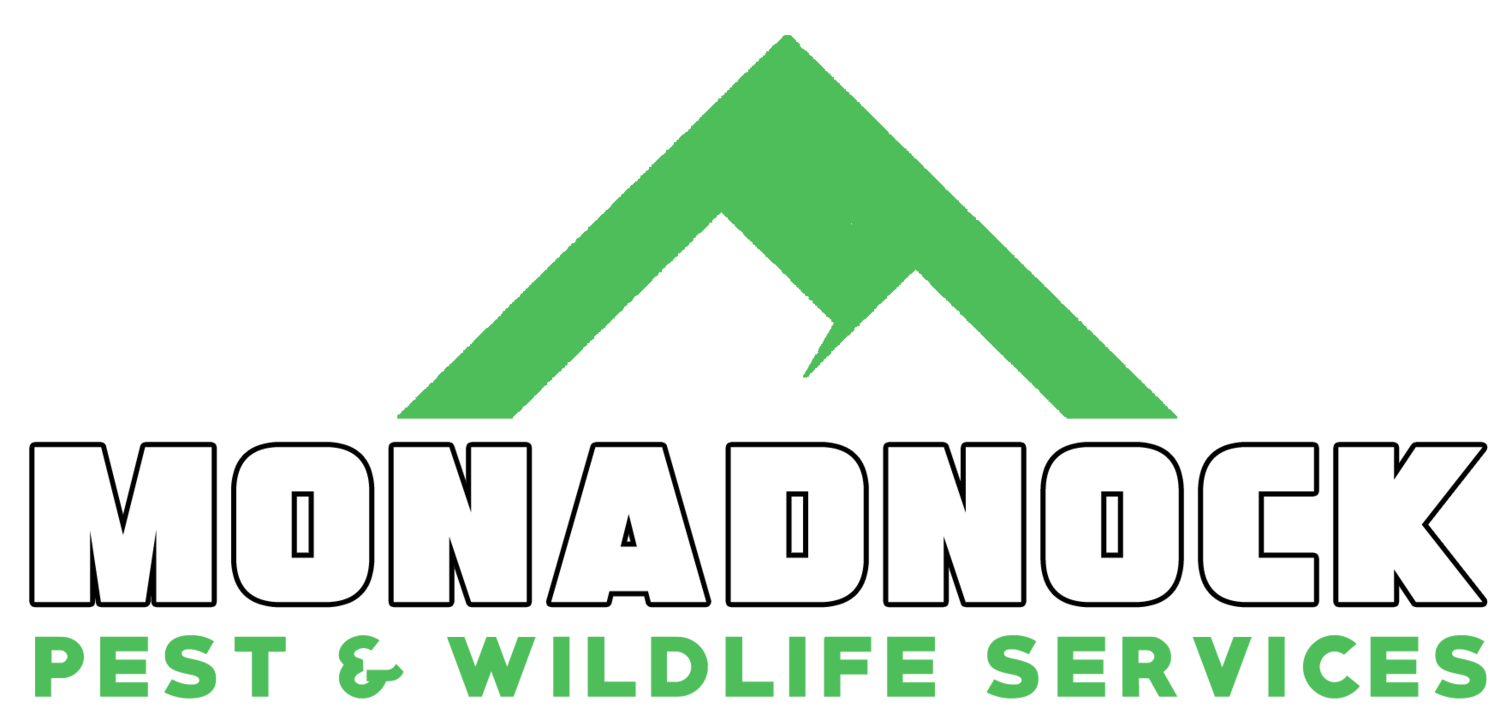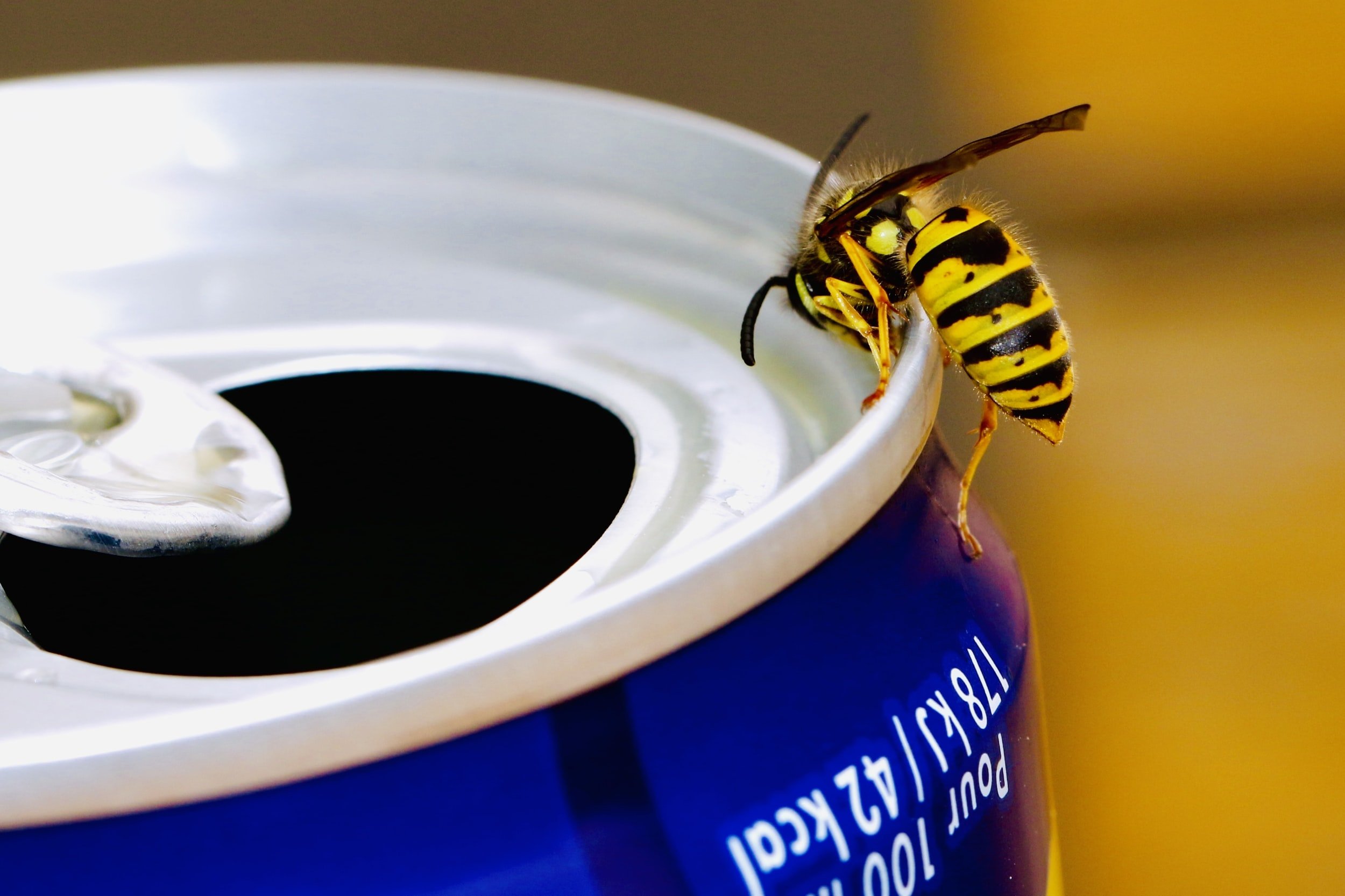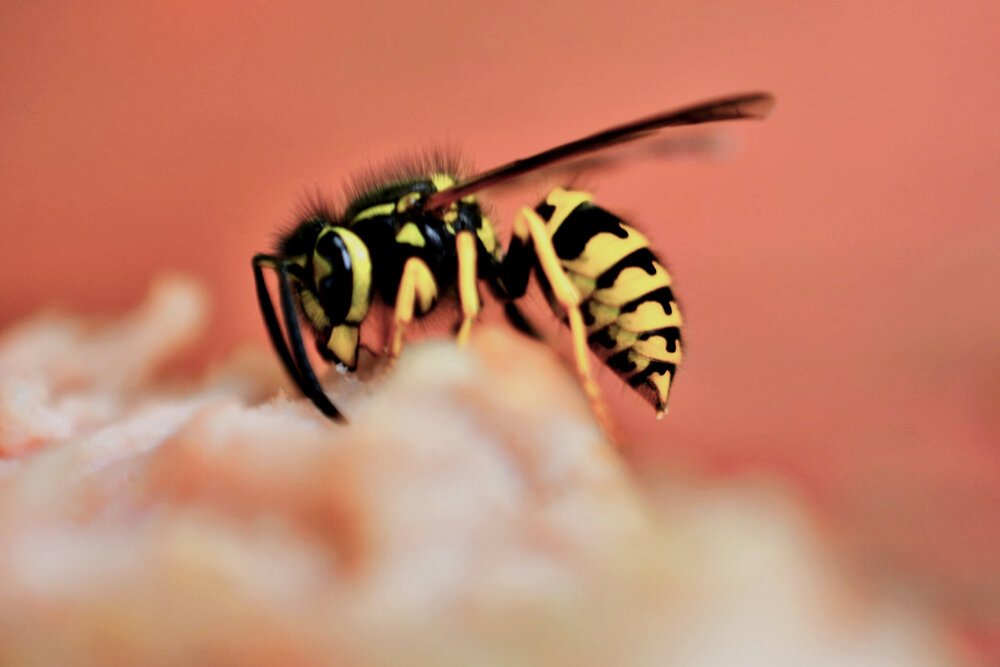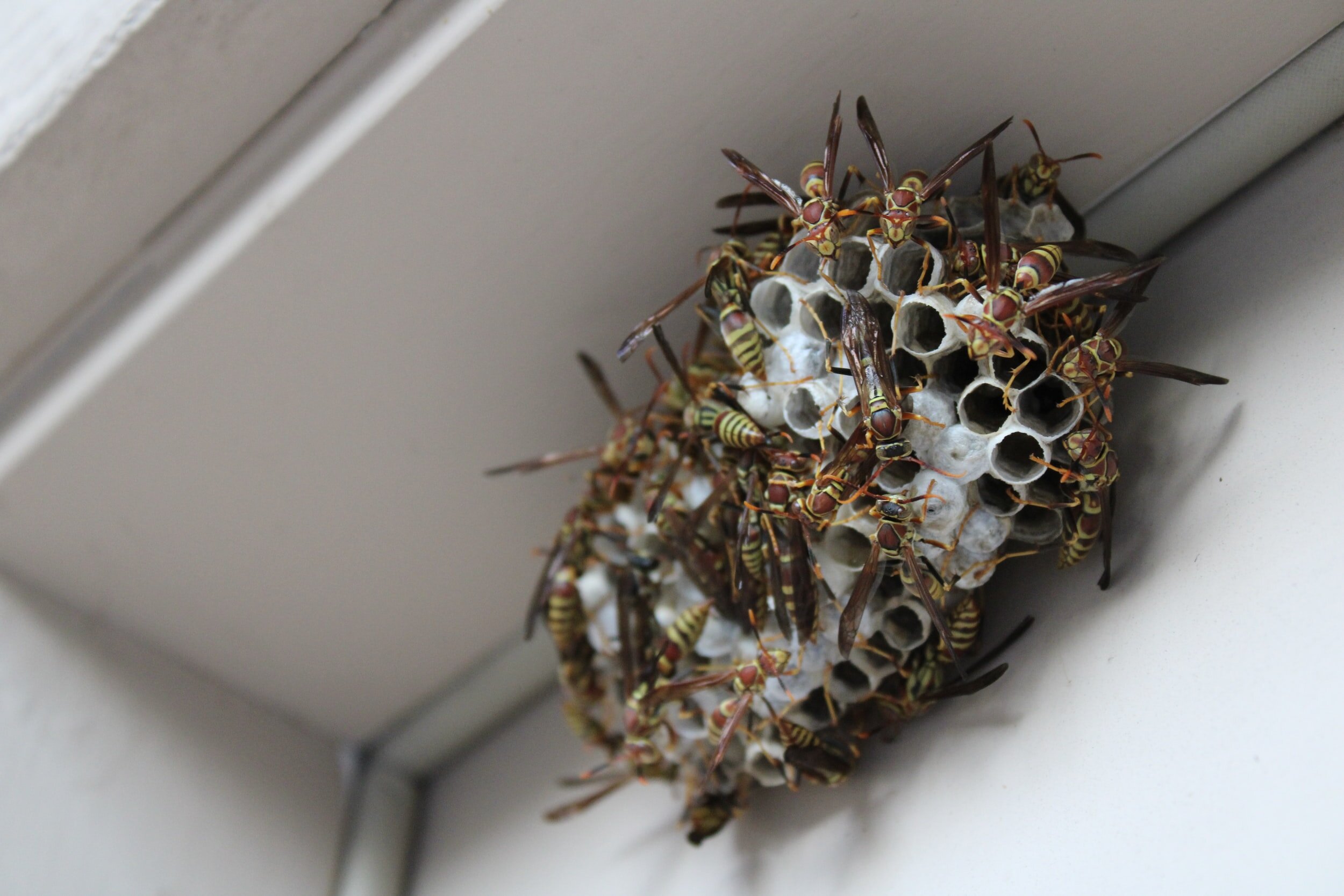
Stinging Insects
Wasp & Bee Control
Stinging insects such as wasps, bees, and hornets are beneficial insects to our native environment. However, due to their aggressive nature, many of these species also pose great health and safety risks to humans in New Hampshire.
With many of these species living in colonies that grow throughout the spring, summer and fall, they become potentially dangerous when they choose human structures to harbor on or inside. Some predatory species, such as the Bald-faced Hornet (Dolichovespula maculata) and Yellow Jacket (V. germanica, V. alascensis, & V. maculifrons) are eusocial wasps that are infamous for their aggressive behavior. Others, like the Paper Wasp (Polistes) are less aggressive, but still quite intimidating as they infiltrate the sunshine-rich sides of homes and businesses to build their familiar umbrella-shaped nests.
Not to be confused with wasps and hornets, the Granite State is also home to a myriad of bee species, such as Honey Bees (Apis), which swarm structures for nest harborage, and Carpenter Bees (Xylocopa), which pose structural damage to buildings as they drill small galleries in wood trim to deposit eggs.
The biggest concern with all structural stinging insects is their threat to those who suffer from allergies associated with being stung. Risk may vary from severe rash or irritation, to death. Even in cases where anaphylaxis isn’t an immediate threat, the aggressive nature of many stinging insect species still pose a great deal of public safety risk to citizens.
A congregation of Paper Wasps on their nest, affixed to a structure. (Photo | Bee Safe)
No Two “Stingers” Alike
One of the most common bouts of confusion surrounding stinging insects is identification and the reference to such. Wasps are not the same as bees, and predatory hornets are not the same as solitary wasps. Understanding the differences between species and genus is paramount to determining whether the stinging insect you’ve encountered warrants extermination or removal.
Why Monadnock?
Given the volatile nature of select stinging insect species (especially in large colony nests), its important to choose professional removal of your wasp, hornet, or bee issue. When allergy risk is in play, having a seasoned professional available to both address and maintain control of stinging insect populations around your home or business requires both extensive skill and knowledge. With regard to structural issues in particular, having a seasoned insect pest professional properly identify which species of wasp or bee is causing your issue is often integral to the success and remediation of the issue. With over 30 years of wasp & bee handling and control experience behind us, we are ready to assist with your stinging insect situation!
An active Bald-Faced Hornet nest in an ornamental tree. (Photo | Jeff Traynor, A.C.E.)
Nuisance characteristics:
Common wasp/bee issues include (but are not limited to):
Harborage inside homes, attics, walls, businesses, and other human-inhabited areas.
Damage to structures as a result of nesting.
Nuisance and safety risk in & around areas frequented by the public.
Congregation and heavy presence around building exteriors.
Public health risk to those with a stinging insect allergy.
Most Common Wasp/Bee Species:
Common structural wasp/bee species include (but are not limited to):
Bald-Faced Hornet (Dolichovespula maculata)
Yellow Jackets (V. germanica, V. alascensis, & V. maculifrons)
Paper Wasps (Polistes)
Carpenter Bees (Xylocopa)
Mud Daubers (Sphecidae)
Honey Bees (Apis)
Common exterior wasp/bee species include (but are not limited to):
Cicada Killers (Sphecius speciosus)
Sweat Bees (Halictidae)
Digger Wasps (Sphecidae)
Having trouble with wasps or bees? If you live in southern New Hampshire, we’re ready to assist - contact Monadnock Pest & Wildlife today for a worry-free inspection and estimate to assist with evicting stinging insects from your home!
Read More about Wasps, Hornets, and Bees on our Pest Blog:
Give us a call:
(603)-784-5828
Not much of a phone talker?
Send us a message and we’ll respond to your inquiry shortly.
We check our email messages promptly!




